Edward Weston, (born March 24, 1886, Highland Park, Illinois, U.S.—died January 1, 1958, Carmel, California), major American photographer of the early to mid-20th century, best known for his carefully composed, sharply focused images of natural forms, landscapes, and nudes. His work influenced a generation of American photographers.
In some ways, Weston would seem an unlikely candidate for the role of hero to modern American photography. By his mid-30s he was a skilled but unexceptional portrait photographer working in the Los Angeles suburb of Glendale. He was also an active and very successful participant in the contests of the conservative photographic salons, a network of self-sanctioning clubs that awarded ribbons and medals. His work through the early 1920s was a better-constructed version of the standard fare of these salons—work in the Pictorialist style, in which photographers imitated paintings by suppressing detail, manipulating images in a dark room, and depicting traditional painting subjects such as pastoral landscapes, romantic marine scenes, children and pets, still lifes, and nudes. Members of these salons tended to associate artistic virtue with a kind of abstractness that eliminated subjects of pointed specificity: the subject was seldom identifiable as a particular landscape, sailboat, or undressed woman, and it was rarely identifiable contemporary.
It was during the period (c. 1930–33) that Weston developed his mature technique, abandoning soft-textured papers and slow, luxurious tonal gradations for a vocabulary that was fundamentally that of the industrial photographer: all-over sharpness, a full tonal scale, and smooth surface papers that would record the maximum of both tone and texture. For some portraits and nudes, he used a Graflex camera, which could be held in his hands and which allowed a quick response to a subject in flux, but for most of his work, he used an 8 × 10-inch view camera and printed its negatives by contact.
During the period between the two world wars, the vital tradition of American photography might be imagined as an axis, with the work of Walker Evans at one end and that of Edward Weston at the other. Whereas Evans seemed to make his art out of plain facts, selected by a superior intelligence and arranged in the most stringent order, Weston made his out of tactile surfaces and organic forms, and, most of all, out of the pleasure of sight itself. Among Weston’s most conspicuous heirs one might count Minor White, Aaron Siskind, Jan Groover, and Ray Metzker.
https://www.britannica.com/biography/Edward-Weston-American-photographer/Maturity
The Dunes
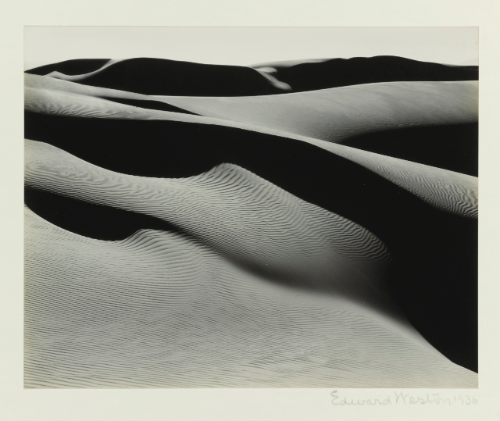
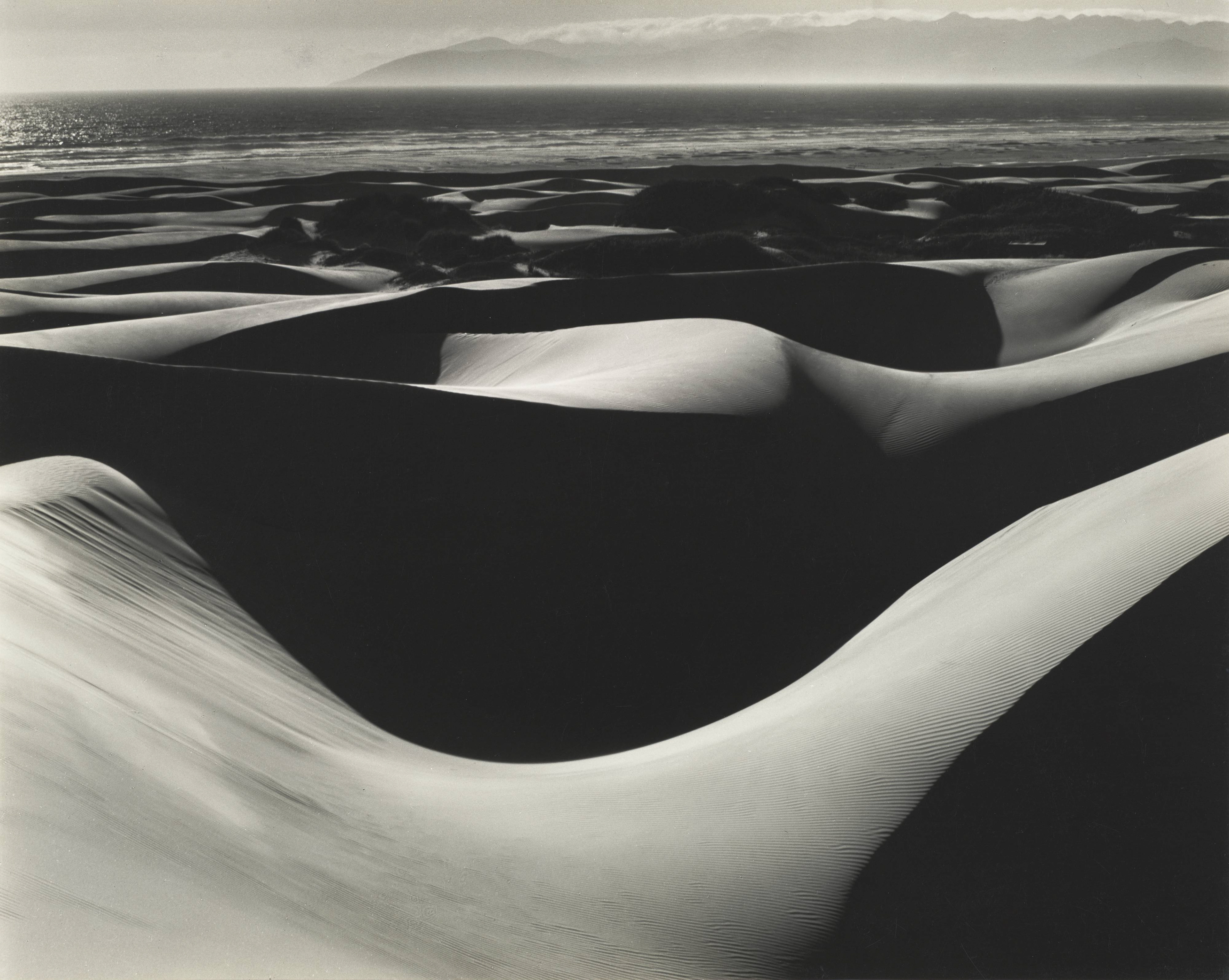
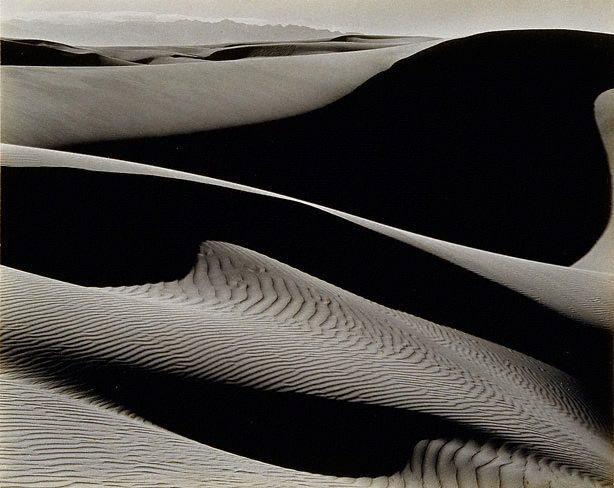

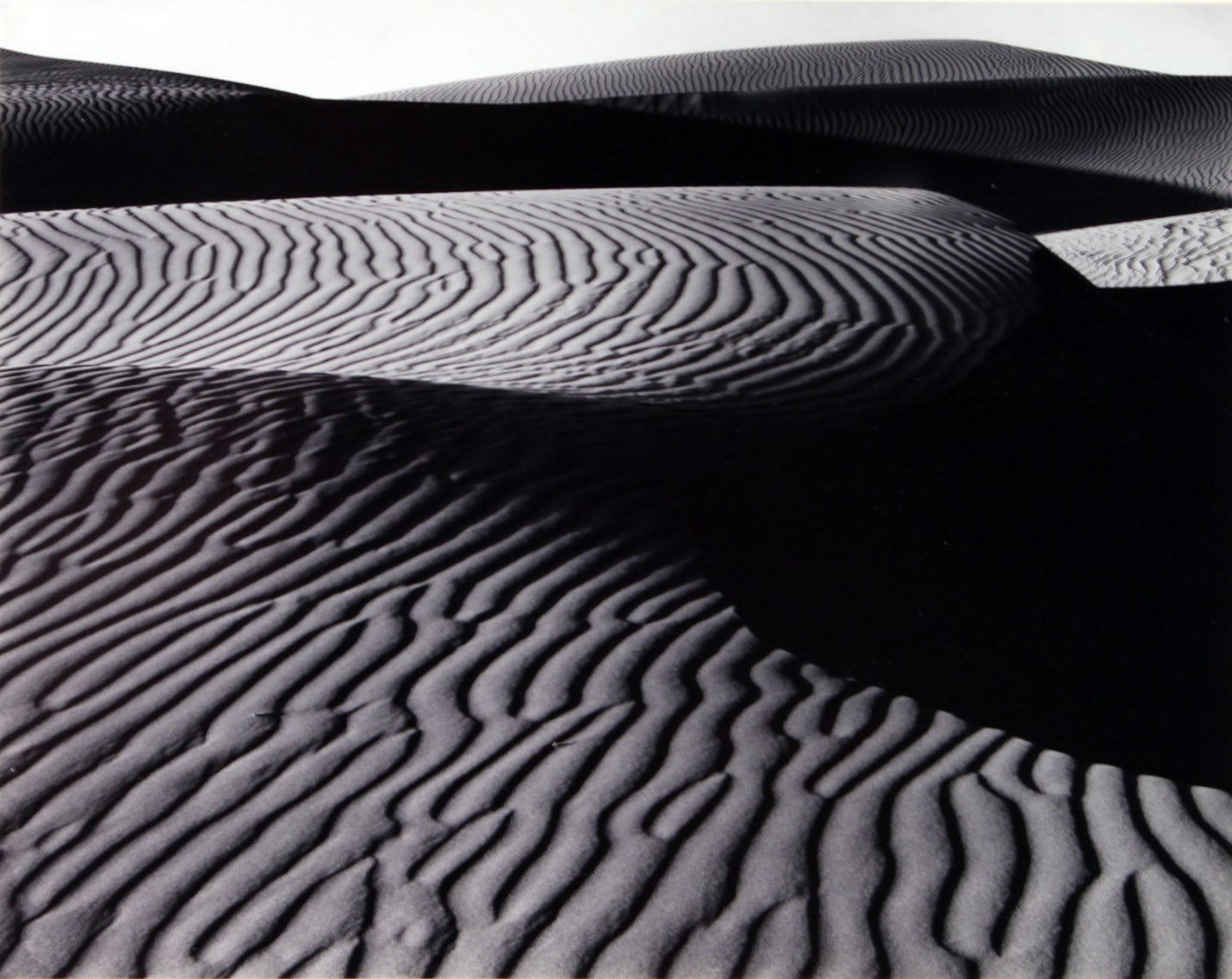
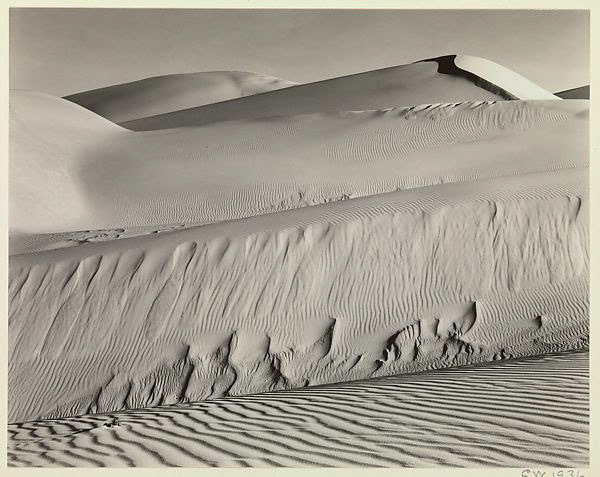
Westons series of 29 Dune photographs remarks some of his greatest and most influential work. Created in 1936 at Oceano California, the photos explore the abstract and sublime textures and shapes that are in the sand dunes. The work has a somewhat spiritual meaning to Weston and reflects his thoughts on life and the ever-developing photographic world.
“To clearly express my feeling for life with photographic beauty, present objectively the texture, rhythm, form in nature, without subterfuge or evasion in technique or spirit, to record the quintessence of the object or element before my lens, rather than an interpretation, a superficial phase, or passing mood – this is my way in photography. It is not an easy way.”
The photographs have continuity of texture and lines which draws and snakes the viewer around the images. Some more abstract than others with the patterns of the natural world inviting the viewer in with their smooth and calming tones. There is an immense amount of detail captured in Weston’s photos with the use of 8x10 and contact printing, this keeps the granules of sand alive after the shutter has been realised which brings the viewer that bit closure to the location that they are most probably far away from.
Almost 100 years on and Weston’s photographs still inspire landscape photographers. He had a way of capturing the natural world in an abstract and connected way. One that is personal to him and shows an audience an alternative and refined focus on the land that he spent his time photographing. This process is one that I take in my work. I want to show off the landscape that I am in through the medium of photography. By showing my viewer the detail and overlooked parts of the world. To look for patterns and textures in my compositions that cross the line of straight landscape photography and fine art.
From reading and watching videos about the thought and photographic process that Weston takes when making his work I think it will stay with me when I put the viewer finder up to my eye again next. I want to refine the detail and focus in my images, to capture the land in a deeper and more abstract way that will make the viewer question why and what have I captured. I think by taking my viewer into the sublime it will settle with the peace that I am collecting when making my work. This will able me to pass on the meditated feeling of seeking silence in the natural world that I spend so much time in.
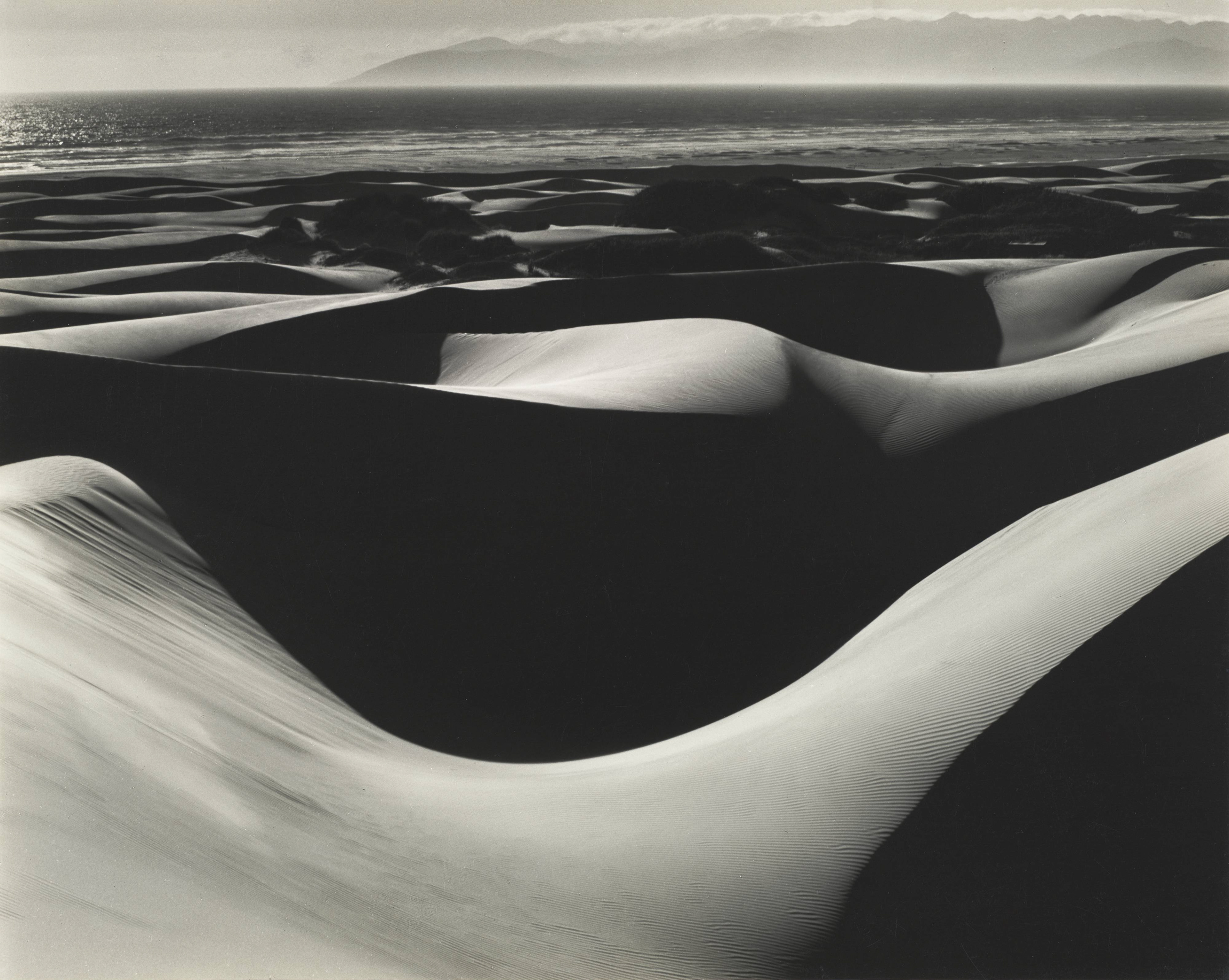
Edward Weston
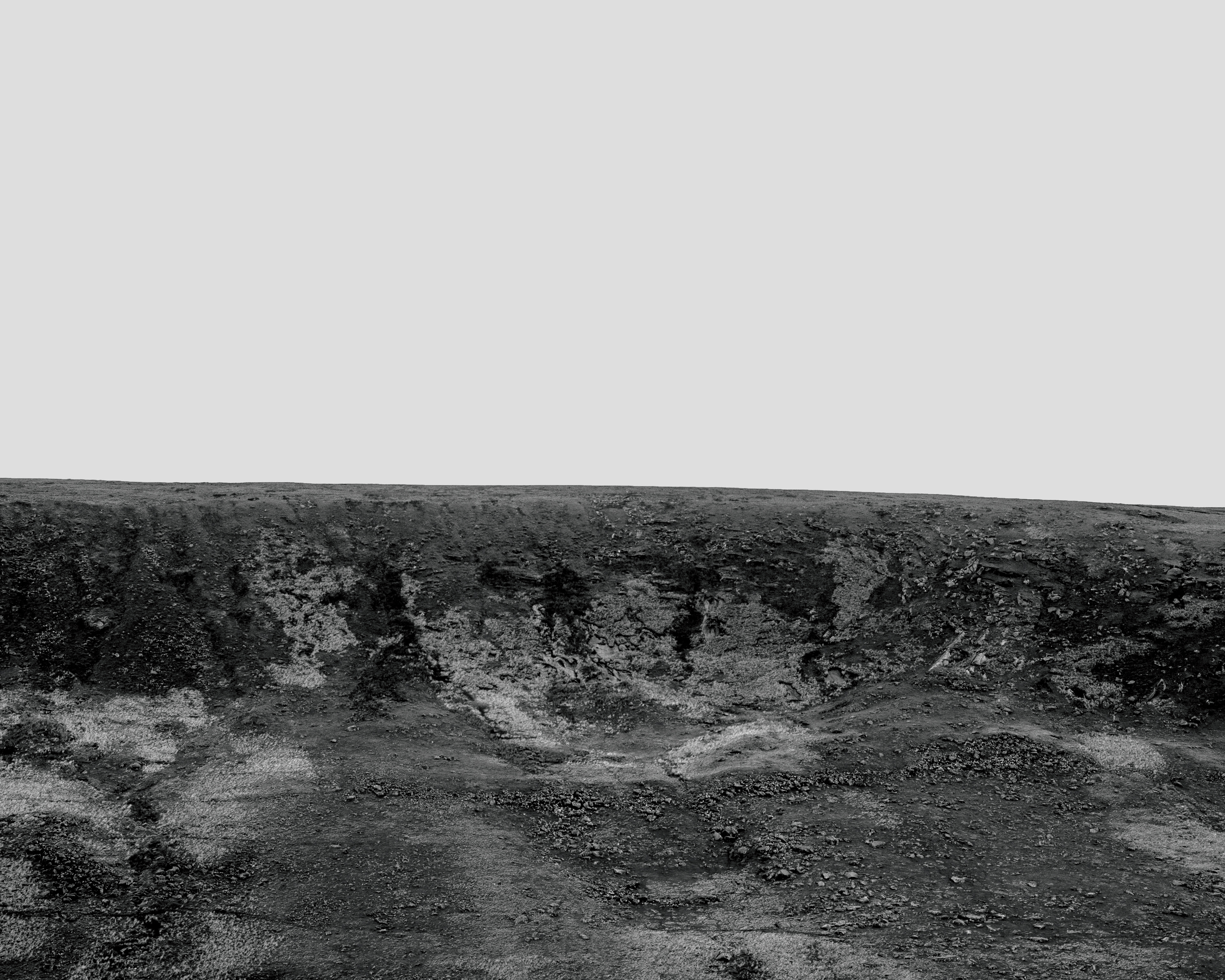
Dan Dayment
I have placed these two photographs next to each other as I think I have been able to capture the contrast, texture and the tones in a similar way to which Weston has done. In my image, I have a lot of negative space introduces by the sky. I composed my photograph like this so that the viewer had a break in the image, a space of visual and literal silence for which they could focus on the natural shapes below. Weston’s image captures the textures, tones and contrast of the dunes, the composition takes the viewer on a path throughout the photograph. This journey takes you to the back of the image where the land meets the sea as the image has a deep depth of field. This differs from the two-dimensional image that I have made. Capturing the natural shapes in a flat and upright way which I think introduces an abstract feel to the landscape image which you often see with a large depth of field. Placing my image next to Weston's inspires me to develop my composition and the way that I send the viewer around my images, capturing the tones and patterns that are found in the natural world.